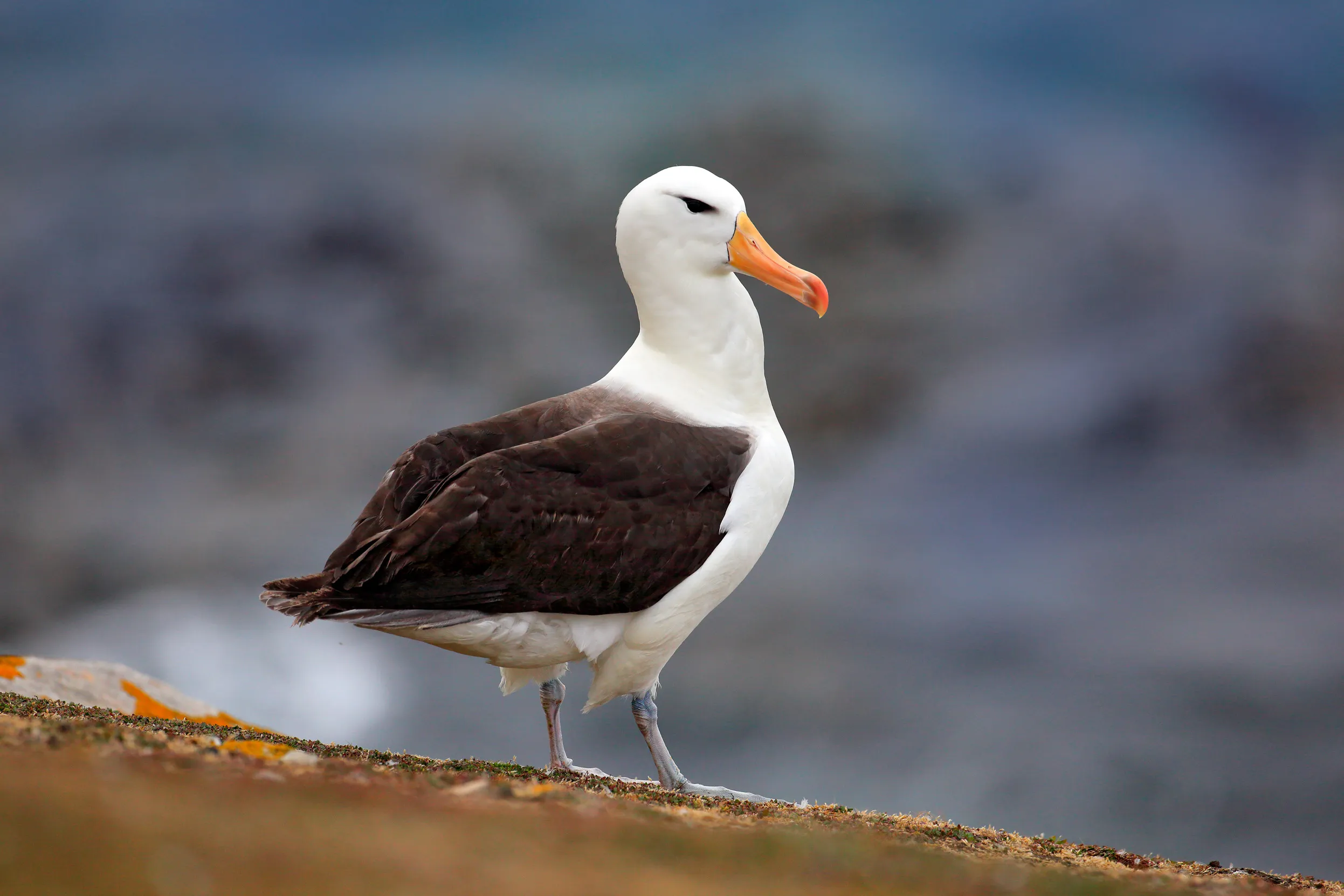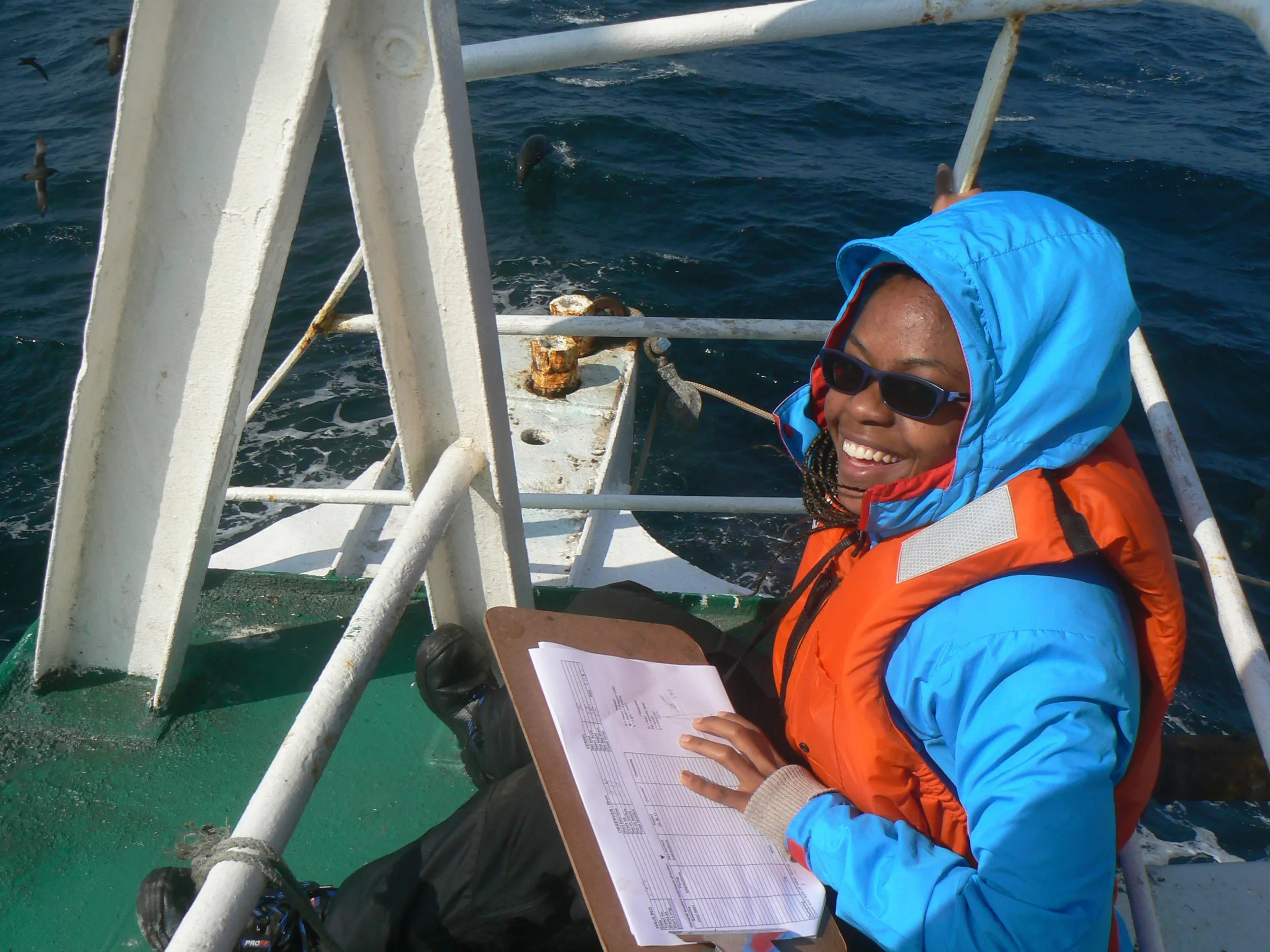Working with the fishing industry
Learn about the RSPB’s efforts to prevent the accidental death of seabirds through its work with government and fishing crews.

On this page
Saving the albatross
Albatrosses are large, majestic birds that spend most their lives soaring over the ocean. Sadly, 15 of the 22 albatross species are now threatened with extinction, the main cause of which is becoming fatally entangled in fishing gear, known as "bycatch".
The RSPB's and BirdLife International’s Save the Albatross Campaign demonstrates simple and effective ways for fishing crews to prevent seabird bycatch and advocates for improved governance to international decision makers.

Fighting on all fronts
The Save the Albatross Campaign works on a national, regional and international level through these projects and organisations:
- The Albatross Task Force
- Regional Fisheries Management Organisations
- The Food and Agriculture Organisation of the United Nations
- The International Agreement on the Conservation of Albatrosses and Petrels
- The Marine Stewardship Council’s Stakeholder Council
The Albatross Task Force (ATF)
This international team of experts, led by the RSPB and BirdLife International, works with governments and directly with fishing crews to promote simple ways to halt seabird bycatch. Dramatic change is possible, with the campaign reducing bycatch by over 80% in some of the deadliest fisheries for albatrosses.

Regional Fisheries Management Organisations (RFMOs)
Fishing activities on the high seas are regulated by RFMOs. They have a duty under the United Nations Law of the Sea to reduce bycatch of species such as albatrosses, turtles and sharks.
All five tuna RFMOs now require longline vessels operating in albatross hot spots to put in place measures to prevent bycatch.

Food and Agriculture Organization (FAO) of the United Nations
The FAO encourages countries to reduce seabird bycatch by creating National Plans of Action to reduce seabird bycatch.
Our support includes helping to develop best practice technical guidelines and assisting countries as they update and implement their national plans.

The Agreement on the Conservation of Albatrosses and Petrels (ACAP)
The UK have signed up to this international agreement to implement a range of measures to protect and conserve albatrosses and petrels. These include research and monitoring, reducing bycatch and the protection of breeding sites by increasing habitat, reducing disturbance and removing non-native species.
BirdLife contributes to ACAP working groups and together with experts from around the world we produce factsheets which detail the methods available to reduce seabird bycatch in global fisheries.

Marine Stewardship Council
The Marine Stewardship Council has developed a globally recognised standard for seafood sustainability. We are a member of its Stakeholder Advisory Council and ensure that the conservation of seabirds is considered during any assessment process.
